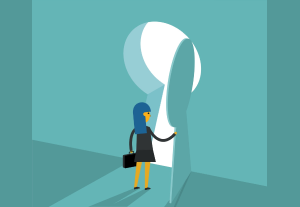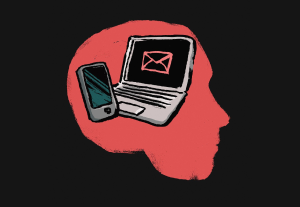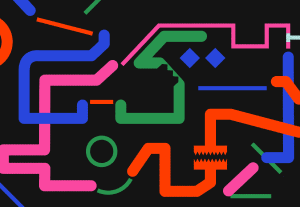- Accessibility, Behavioral Science, Customer Experience, Design, Design Theory, Empathy, Employee Experience, Psychology and Human Behavior, Technology, Technology for the Common Good, Usability, UX Education, UX Magazine, UX World Changing Ideas
Design for the lives your users are living — not for the value you want to extract from them
Article by Jesse Weaver
To Keep a User, Sometimes You Have to Let Them Go
- Assuming every problem is product-related drives a product-centric approach to fixing them but problems are more complex than simple fixes to content or features.
- The author uncovers 2 ideas:
- Not all cancels are created equal
- Think: User-centered retention
Share:To Keep a User, Sometimes You Have to Let Them Go
Share this link
- November 9, 2022
6 min read









